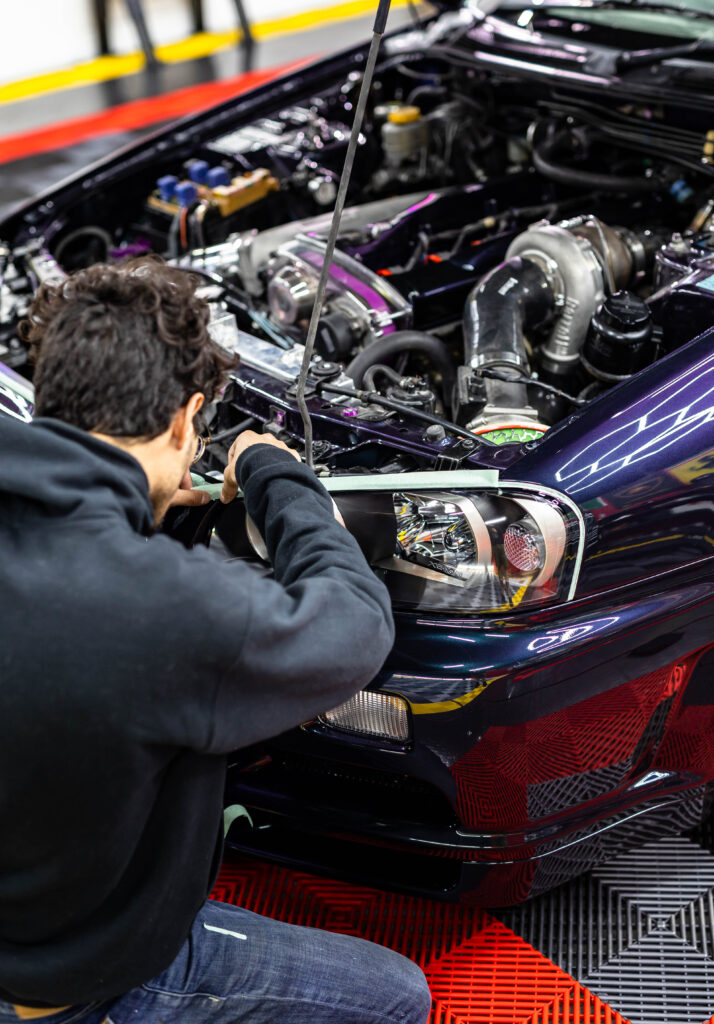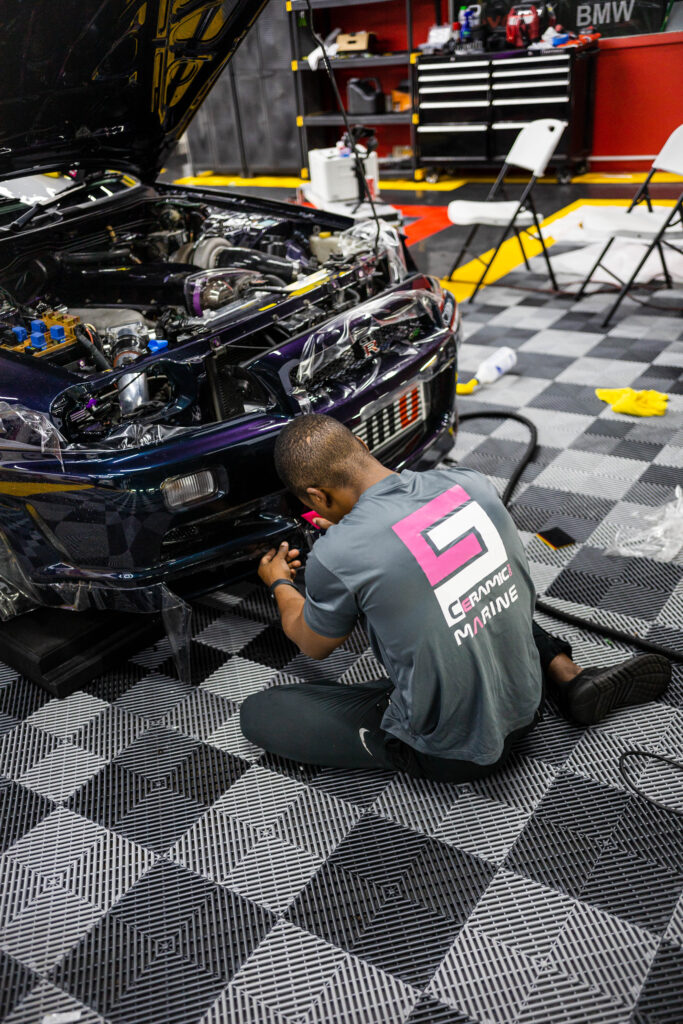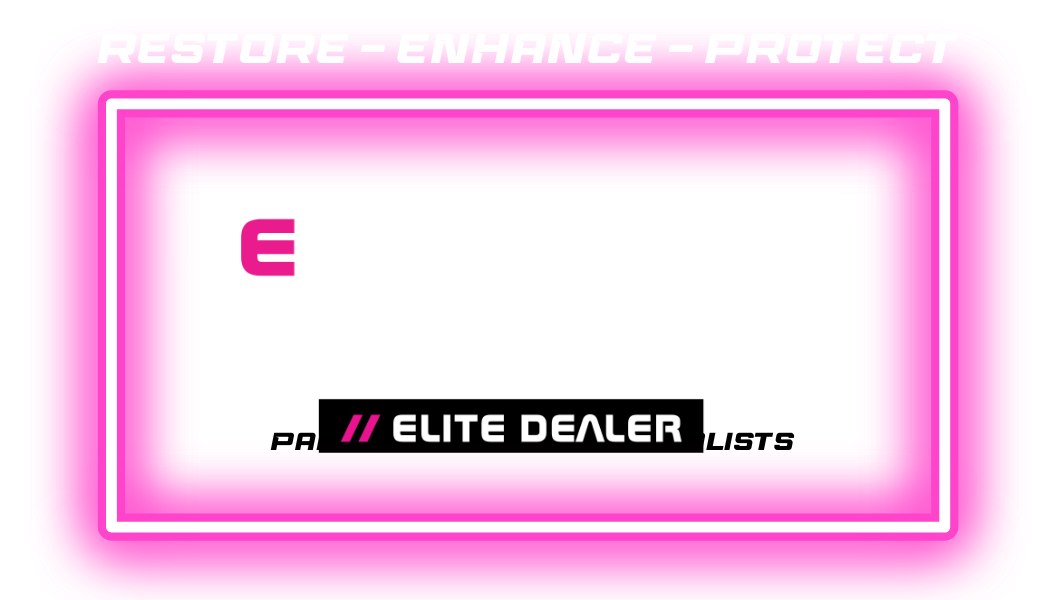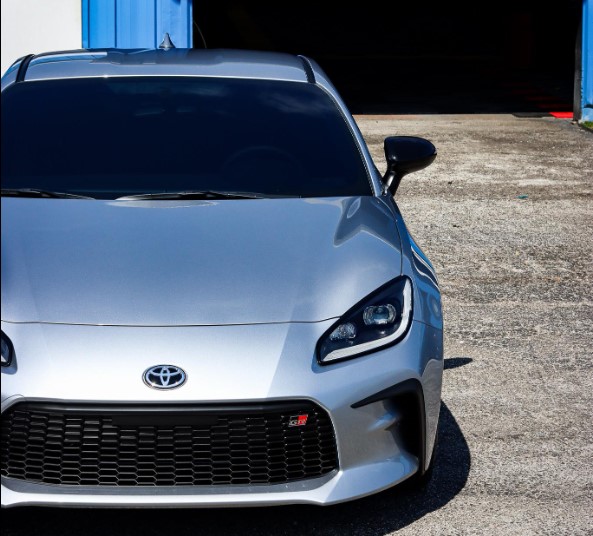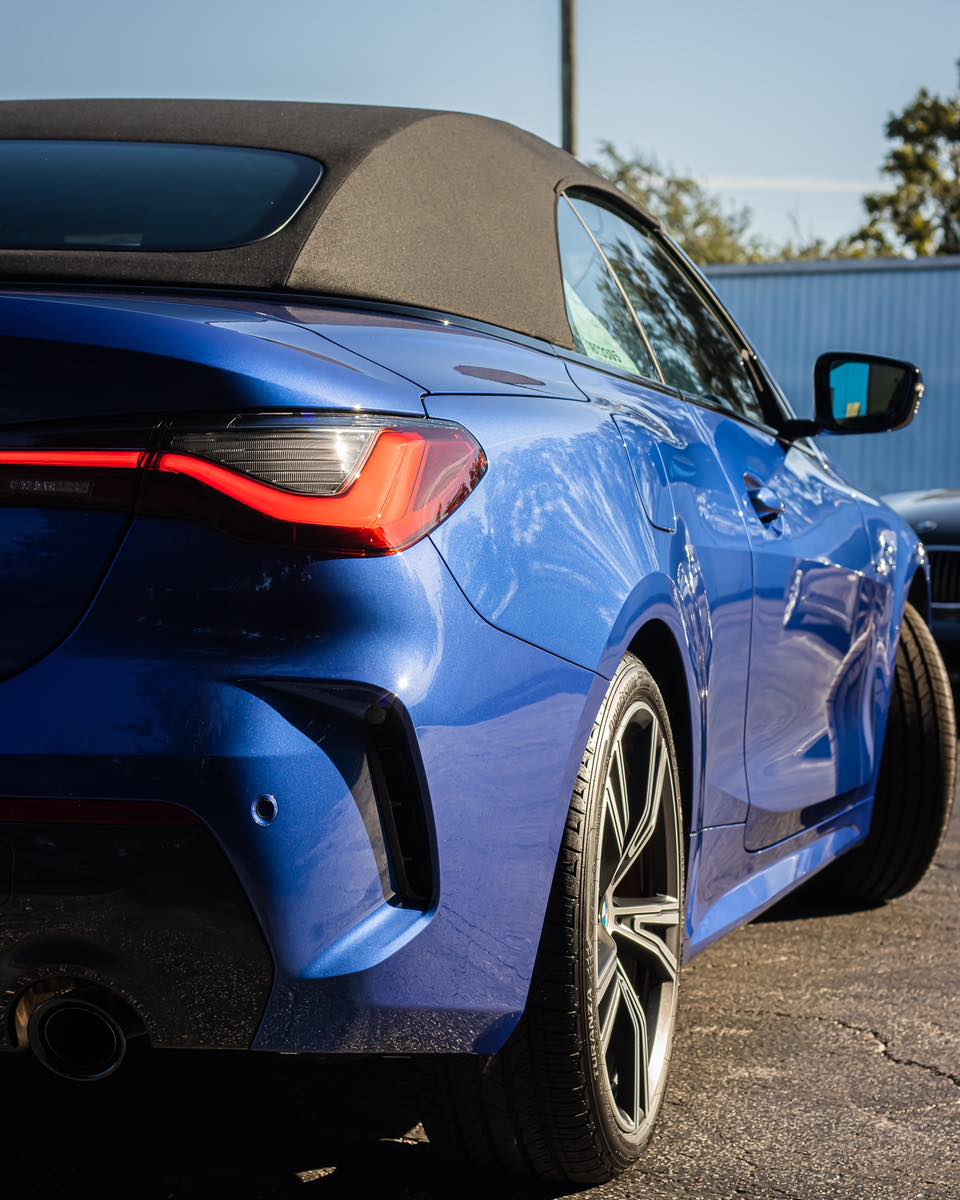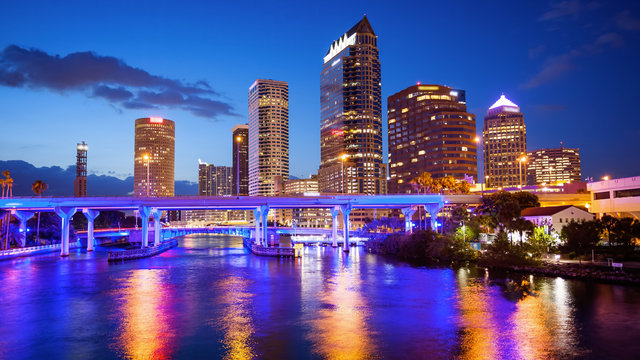Paint protection film, also known as clear bra or PPF, is a transparent layer of thermoplastic urethane film that is applied to the exterior of a vehicle to protect it from scratches, rock chips, and other types of damage that can be caused by debris. Here are some of the key benefits of using paint protection film.
Protection from Damage:
One of the primary benefits of PPF is that it can protect your vehicle’s paint from damage caused by debris. The film acts as a barrier between your vehicle’s paint and the outside world, preventing scratches, rock chips, and other types of damage from occurring.
Preserves Resale Value:
Another benefit of using paint protection film is that it can help preserve the resale value of your vehicle. By protecting the paint, the film helps to prevent damage that can reduce the value of your vehicle over time.
Easy Maintenance:
PPF is easy to maintain and clean. Unlike traditional wax or ceramic coatings, which require frequent reapplication, paint protection film can last for several years with proper care and maintenance.
UV Protection:
PPF also offers protection against UV rays, which can fade and damage your vehicle’s paint over time. By blocking UV rays, the film helps to keep your vehicle looking new for longer.
Invisible Protection:
Perhaps the biggest benefit of paint protection film is that it is virtually invisible. Unlike traditional car bras, which can be unsightly and detract from the appearance of your vehicle, the film is transparent and does not alter the look of your vehicle.
In conclusion, ppf offers a range of benefits for vehicle owners, including protection from damage, preservation of resale value, easy maintenance, UV protection, and invisible protection. These benefits make paint protection film a popular choice for those looking to keep their vehicles looking great for years to come. paired with a Ceramic coating you are able to provide the ultimate shine to your vehicle.
See what our PPF manufacture has to say about the benefits of paint protection film:
KAVACA – a new word for car protection
Contact us today for a FREE quote:

